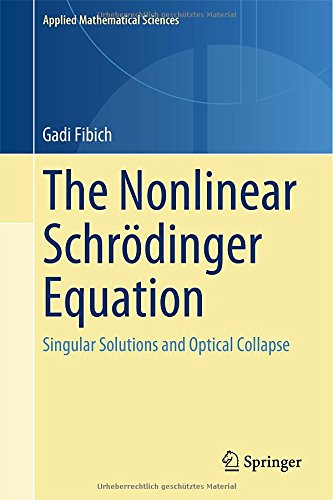

Most ebook files are in PDF format, so you can easily read them using various software such as Foxit Reader or directly on the Google Chrome browser.
Some ebook files are released by publishers in other formats such as .awz, .mobi, .epub, .fb2, etc. You may need to install specific software to read these formats on mobile/PC, such as Calibre.
Please read the tutorial at this link: https://ebookbell.com/faq
We offer FREE conversion to the popular formats you request; however, this may take some time. Therefore, right after payment, please email us, and we will try to provide the service as quickly as possible.
For some exceptional file formats or broken links (if any), please refrain from opening any disputes. Instead, email us first, and we will try to assist within a maximum of 6 hours.
EbookBell Team

4.3
8 reviewsThis book is an interdisciplinary introduction to optical collapse of laser beams, which is modelled by singular (blow-up) solutions of the nonlinear Schrödinger equation. With great care and detail, it develops the subject including the mathematical and physical background and the history of the subject. It combines rigorous analysis, asymptotic analysis, informal arguments, numerical simulations, physical modelling, and physical experiments. It repeatedly emphasizes the relations between these approaches, and the intuition behind the results.
The Nonlinear Schrödinger Equation will be useful to graduate students and researchers in applied mathematics who are interested in singular solutions of partial differential equations, nonlinear optics and nonlinear waves, and to graduate students and researchers in physics and engineering who are interested in nonlinear optics and Bose-Einstein condensates. It can be used for courses on partial differential equations, nonlinear waves, and nonlinear optics.
Gadi Fibich is a Professor of Applied Mathematics at Tel Aviv University.
“This book provides a clear presentation of the nonlinear Schrodinger equation and its applications from various perspectives (rigorous analysis, informal analysis, and physics). It will be extremely useful for students and researchers who enter this field.”
Frank Merle, Université de Cergy-Pontoise and Institut des Hautes Études Scientifiques, France